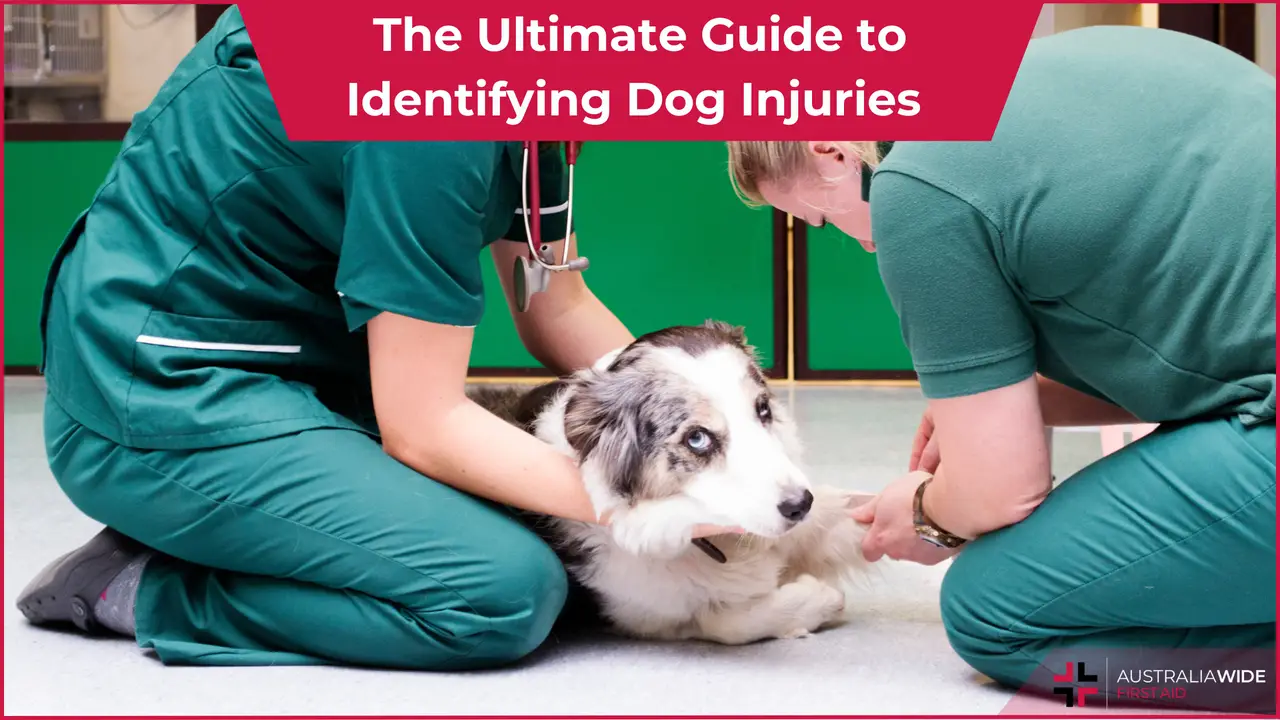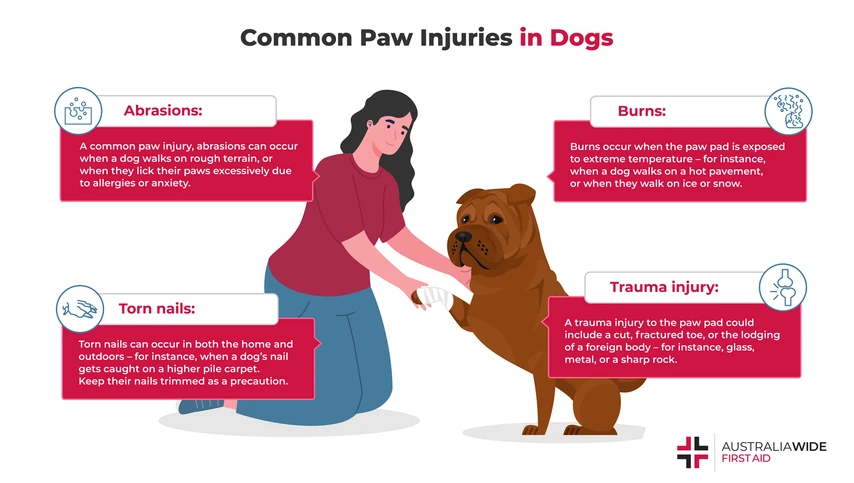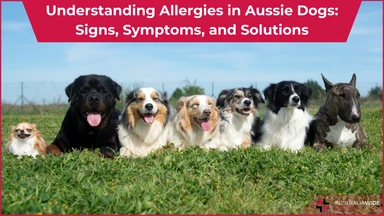The Ultimate Guide to Identifying Dog Injuries


Dogs, often referred to as “A Man’s Best Friend,” are among the most precious animals in the world.
Their incredible and unique characteristics, sizes, and temperaments, with a diverse range of breeds, have become an integral part of many household. They enrich the lives of their human companions in countless ways through their unwavering loyalty, boundless energy, and diverse personalities.
For new dog owners, establishing a special bond with their furry companions is a heart-warming experience. Witnessing a pet in pain can be particularly challenging, especially when the owner is unfamiliar with common injuries that the dog may face.
This comprehensive guide is designed to assist new dog owners in identifying and addressing various injuries that their pets might encounter.
Pet dogs can face a variety of injuries. Some common injuries may include:

External injuries such as scratches, cuts, or stings can be easily recognized. However, identifying internal injuries, particularly non-visible injuries like sprains and fractures, involves observing their behaviour and noting any indications of distress.
Look for the following signs:

Seeking veterinary advice is crucial when your dog displays signs of illness, injury, or any worrisome changes in behaviour.
If you observe symptoms like limping, lethargy, alterations in appetite, difficulty breathing, or any unusual behaviour, it is recommended to consult a professional veterinarian promptly.
Regular check-ups play a vital role in preventative care, contributing to your dog’s overall health.
If you are uncertain about your dog’s well-being, reaching out to a vet for guidance is always a good choice.
Pet owners need to be aware of common injuries, how to recognize if their pet is facing discomfort or an injury, and when they should seek medical advice from a vet.
Regular check-ups and a pet-friendly environment can contribute to preventing some injuries and ensuring the overall well-being of your furry friend.

April 16, 2024
Like humans, our canine friends are susceptible to allergies, which can significantly affect their quality of life. This article aims to shed light on common allergies in dogs, their signs and symptoms, treatment options, and advice on when to consult a veterinarian.

March 19, 2024
From respiratory distress to changes in droppings and abnormal behaviours, this guide outlines the key indicators of illness that require immediate attention. By understanding these warning signs, bird owners can take proactive steps to ensure their feathered companions receive timely medical treatment, ultimately promoting their health and well-being.

February 12, 2024
In the hustle and bustle of our daily lives, it's easy to overlook that our furry friends may not be leading lives as fulfilled as we'd like. Just like humans, dogs too can suffer from monotony, especially those spending large amounts of time indoors. Recognizing and addressing boredom in our canine companions is crucial for their overall well-being.